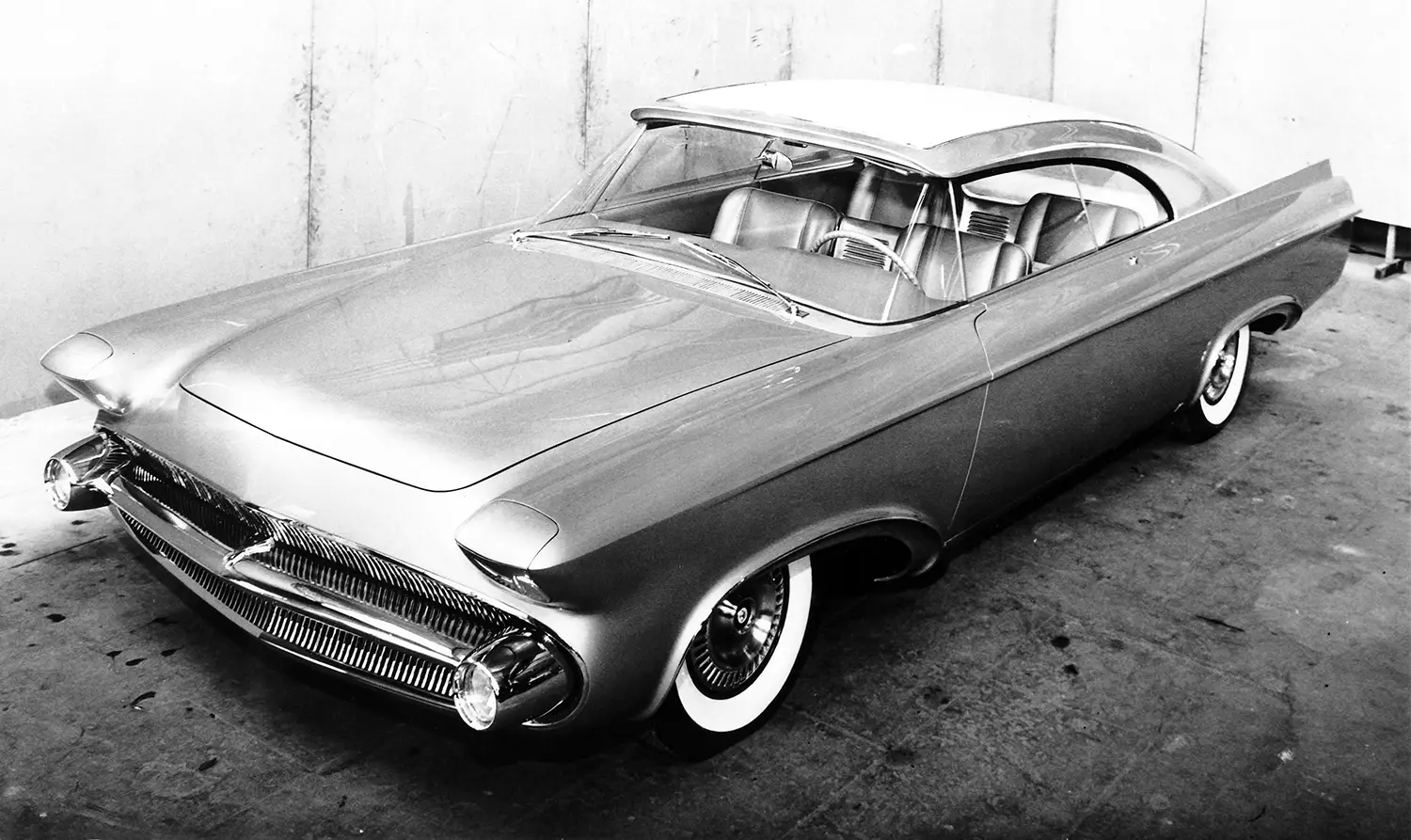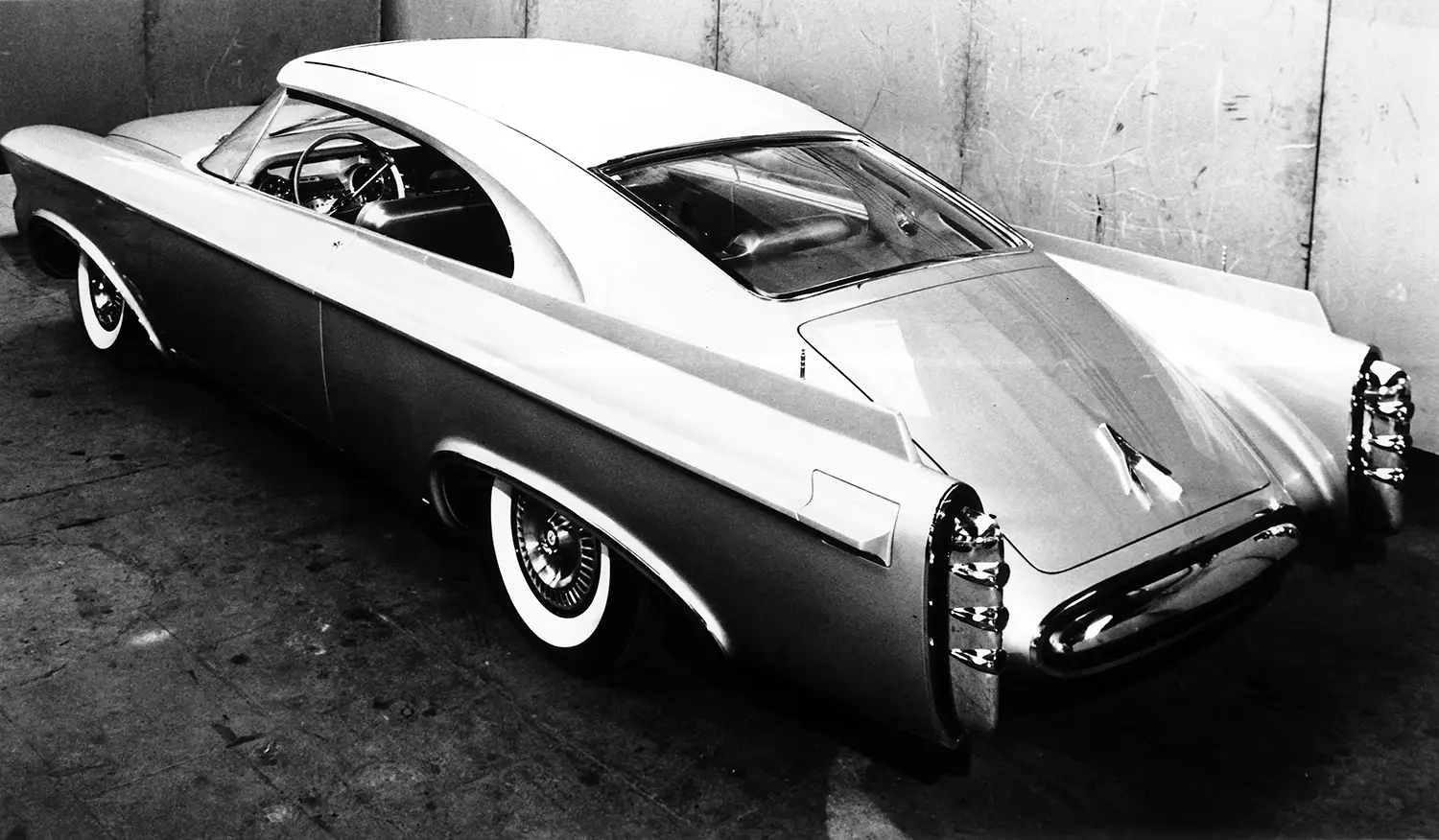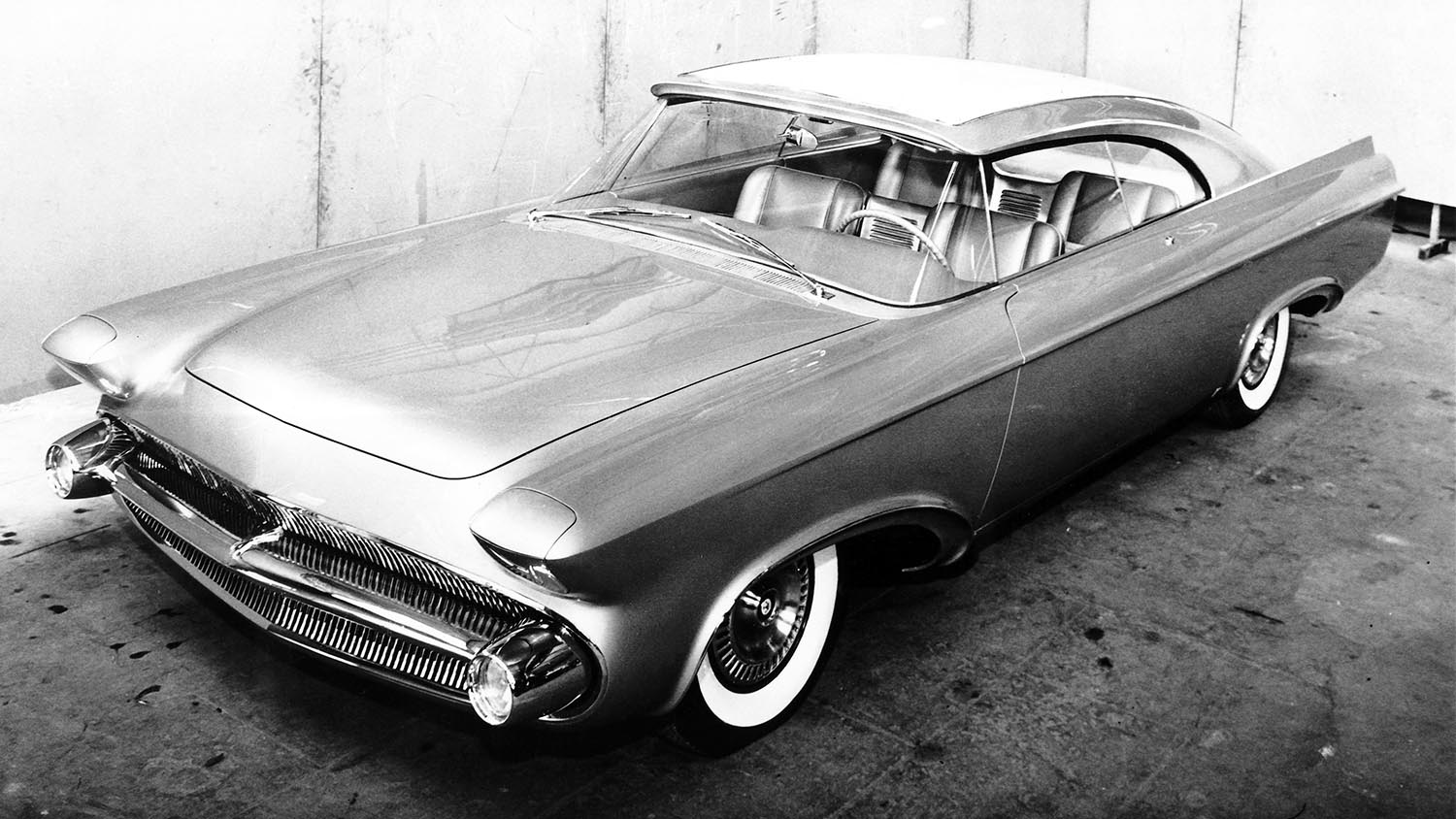 The story of the 1956 Chrysler Norseman is one of the great automotive tragedies. It is a tale where boundless ambition meets a sudden and disastrous end. This one-off concept car, designed to usher in a new era for Chrysler’s styling, became instead a legend that rests over two hundred feet beneath the Atlantic waves. Understanding the Norseman’s heritage requires looking past its unfortunate fate to appreciate the genuine innovation it represented. The car was more than just a prototype; it was a bold statement of the future.
The story of the 1956 Chrysler Norseman is one of the great automotive tragedies. It is a tale where boundless ambition meets a sudden and disastrous end. This one-off concept car, designed to usher in a new era for Chrysler’s styling, became instead a legend that rests over two hundred feet beneath the Atlantic waves. Understanding the Norseman’s heritage requires looking past its unfortunate fate to appreciate the genuine innovation it represented. The car was more than just a prototype; it was a bold statement of the future.
Virgil Exner and the Forward Look
The mid-1950s saw a massive shift in American automotive design. Chrysler, seeking to shed its conservative image, wholeheartedly embraced designer Virgil Exner’s “Forward Look” philosophy. Exner’s goal was to create long, low, and sleek cars that captured the public imagination. Consequently, the Norseman was conceived as the absolute pinnacle of this new direction. It embodied a dramatic, futuristic sensibility that made other contemporary designs look instantly dated. Therefore, the Norseman was supposed to be the undisputed star of the 1957 auto show circuit.
A Transatlantic Collaboration on the 1956 Chrysler Norseman
Chrysler’s Advanced Styling Group did the internal design work on the Norseman. Crucially, the actual fabrication was entrusted to the renowned Italian coachbuilder Carrozzeria Ghia in Turin. This international partnership ensured an unparalleled level of craftsmanship and unique detailing. Building this complicated, one-of-a-kind automobile took fifteen painstaking months. It was a massive undertaking that demanded roughly fifty thousand man-hours of dedicated labor. Chrysler wanted a fully functional, drivable vehicle, not merely a static show piece.
Revolutionary Cantilevered Roof Design
The most talked-about feature of the 1956 Chrysler Norseman was its revolutionary roof. It featured a fully cantilevered structure, supported only by the rear C-pillars. This bold design eliminated the need for both A-pillars and B-pillars. The windshield was entirely frameless, giving the driver an almost unimpeded, panoramic view. This lack of conventional pillars offered a light, airy cabin experience completely unlike anything else on the road. Integrating a twelve square foot power-sliding glass sunroof into this structure added to the technical difficulty.
Hidden Details and Futuristic Touches
The radical design extended beyond the roof with numerous other advanced features. The Norseman boasted concealed headlights that were masked by clamshell covers when not in use. Additionally, door handles were entirely absent, replaced by flush push-button releases. These details enhanced the car’s clean, aerodynamic profile significantly. The interior was equally forward-thinking, featuring four individual bucket seats. Furthermore, the four seats were all power-assisted, a true luxury for the era.
Engineered for Performance
Chrysler did not skimp on the mechanical elements of the Norseman. This concept car was engineered to drive as well as it looked. Power came from a potent 331 cubic inch FirePower V8 engine. This specific Hemi power plant delivered a strong 235 horsepower. The car was equipped with Chrysler’s Powerflite automatic transmission, which was operated via dashboard push-buttons. Its chassis was based on a modified Chrysler 300 platform with a long 129-inch wheelbase. The entire underbody was also covered and smooth for maximum aerodynamic efficiency.
The Ultimate Tragedy: A Concept Lost
The Norseman was completed in Turin in July of 1956 and then carefully crated for shipment to the United States. Its destination was the SS Andrea Doria, the pride of the Italian passenger fleet. Sadly, the beautiful concept car never made it to New York’s docks or the auto show circuit. The Andrea Doria collided with the Swedish liner MS Stockholm off the coast of Nantucket. The elegant Italian ship sank, taking the precious and irreplaceable Norseman with it to the bottom of the ocean.
A Legacy of What Could Have Been
The loss of the 1956 Chrysler Norseman was an emotional and financial blow for the corporation. Only a handful of photographs and specifications remain to show its greatness. No production car ever adopted the unique cantilevered roof, but the Norseman’s legacy influenced later Chrysler and other American designs. The car remains one of the most famous lost icons of the automotive world. Its story serves as a constant reminder that even the most ambitious and innovative creations are vulnerable to the twists of fate.
Disclaimer: Content on this site is for informational purposes only. Vehicle specs, pricing, and availability may change. Always verify details with official sources before making decisions. Opinions are those of the authors.
Source: Stellantis

